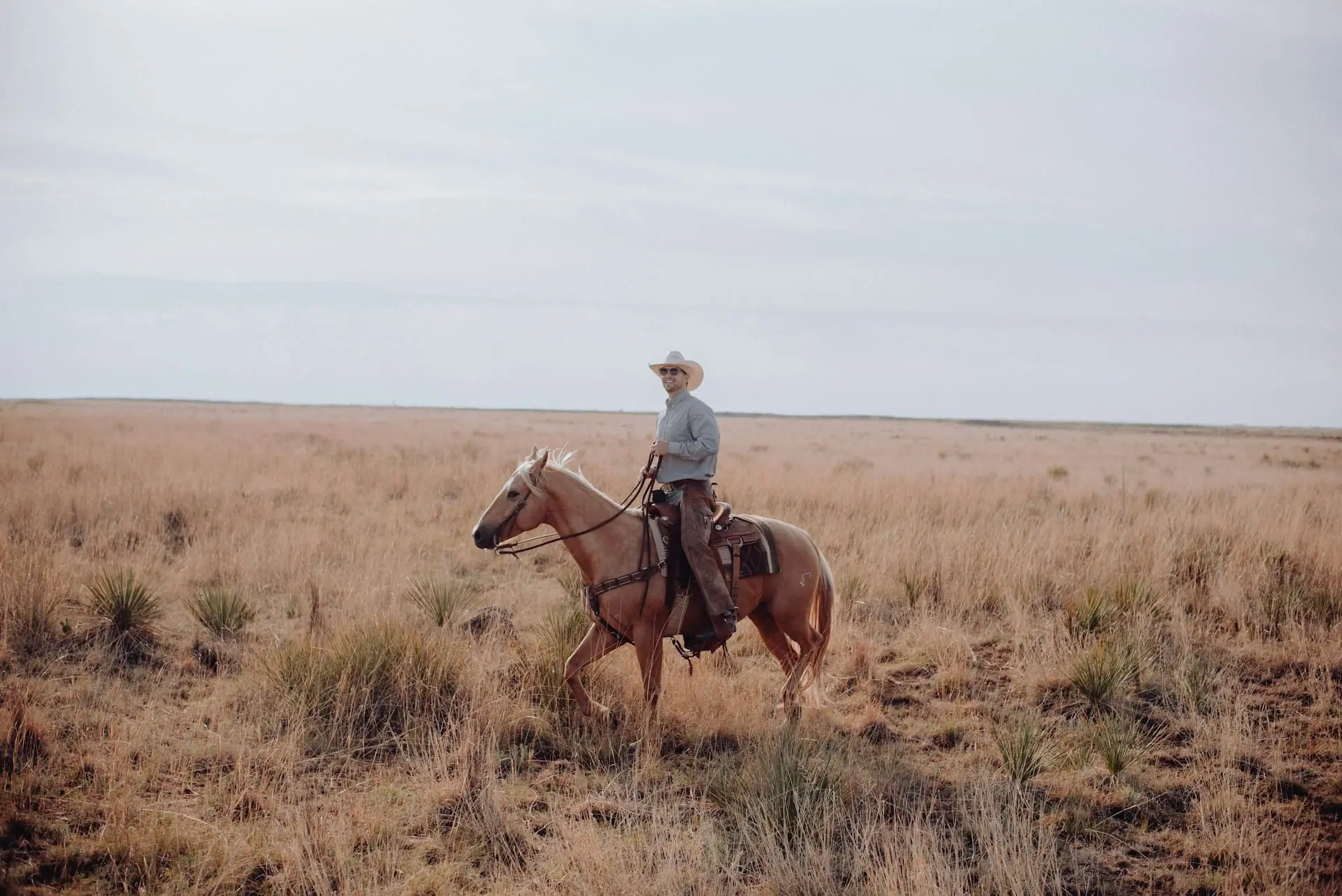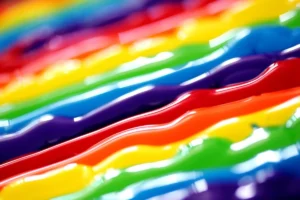- Your cart is empty
- Continue Shopping
The History of Western Fashion: A Journey Through Time
-
By Dailywatchupdates
- Posted on
- 0 comments
- Fashion

Fashion is like a time machine that takes us through the history of our nation and culture. Western fashion, in particular, has a thrilling story to say, spanning periods and being influenced by many cultures. Let’s take a stroll through the history of Western fashion changed over time.
Introduction to Western Fashion
Western fashion is all about the clothes and styles that have come from Western societies. It’s like a mirror reflecting the thoughts and feelings of the people who wore those clothes.
Ancient Roots of Western Fashion
Early Greek and Roman Influence
A long time ago, olden Greeks and Romans placed the basis for Western fashion. Greeks liked simple and elegant clothes made from soft fabrics like linen and wool. Romans, on the other hand, were into fancy stuff like silk and leather, showing off their wealth.
Medieval European Fashion
During the Middle Ages in Europe, fashion became a way to show who had money and who didn’t. Rich folks wore fancy clothes with lots of decoration, while the poor wore simpler stuff made from wool and linen.
Renaissance and Baroque Fashion
When the Renaissance came along, people got really into art and beauty. Fashion became a work of art with fancy sleeves, tight bodices, and big headwear. Later on, the Baroque period brought even more fancy stuff with rich fabrics and elaborate designs.
The History of Western Fashion in the 18th and 19th Centuries
Rococo and Neoclassical Styles
In the 1700s, Rococo fashion was all about pastel colors and delicate designs. Then, in the 1800s, Neoclassical styles took over, with simple and flowing clothes inspired by ancient Greece and Rome.
Industrial Revolution’s Impact
The Industrial Revolution changed everything. Suddenly, clothes could be made quicker and cheaper. New materials like cotton and synthetics made style available to more people.
20th Century Fashion Revolution
Art Nouveau and Art Deco
At the start of the 1900s, artists got creative with fashion. Art Nouveau was all about nature-inspired designs, while Art Deco embraced bold shapes and colors.
Flapper Era and Roaring Twenties
The 1920s were wild! Flappers fought against old styles with short clothes and flashy decorations, showing off their independence.
Influence of World Wars
Wars changed fashion too. During wartime, clothes became simpler and more practical. But after the wars, people wanted to feel happy again, so fashion got glamorous once more.
Mid-century Modernism
By the mid-1900s, fashion was all about simplicity and function. Think Audrey Hepburn in her little black dress—timeless and elegant.
Contemporary Western Fashion Trends
High Fashion and Couture
Today, big-name designers like Chanel and Dior set the fashion with their decorative runway shows. They’re all about luxury and cleverness.
Street Style and Subcultures
But fashion isn’t just about high-end stuff. Street style is huge, influenced by urban culture and social media. From hip-hop to punk, it’s all about expressing yourself.
Sustainable Fashion Movement
Nowadays, people care about the planet too. Maintainable fashion is a big deal, with designers and customers looking for eco-friendly choices and ethical practices.
Globalization’s Effect on Western Fashion
Thanks to globalization, fashion is more diverse than ever. Traditional styles from around the world mix with Western fashion, creating a beautiful melting pot of cultures.
Conclusion
Western fashion has come a long way, from ancient times to modern runways. It’s a story of creativity, invention, and creativity that continues to change with each passing year.



